Related Research Articles
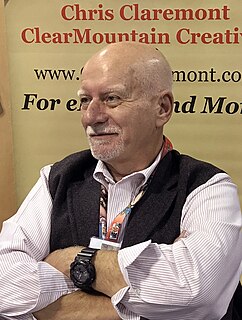
Christopher S. Claremont is a British-born American comic book writer and novelist, known for his 1975–1991 stint on Uncanny X-Men, far longer than that of any other writer, during which he is credited with developing strong female characters as well as introducing complex literary themes into superhero narratives, turning the once underachieving comic into one of Marvel's most popular series.
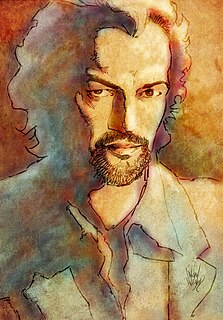
Barry Windsor-Smith is a British comic book illustrator and painter whose best known work has been produced in the United States. He attained note working on Marvel Comics' Conan the Barbarian from 1970 to 1973, and for his work on the character Wolverine, particularly the 1991 "Weapon X" story arc. His other noted Marvel work included a 1984 "Thing" story in Marvel Fanfare, illustrating Chris Claremont's "Lifedeath" and "Lifdeath II" stories that focused on the de-powered Storm in The Uncanny X-Men, as well as runs on Iron Man and Machine Man.

Daimon Hellstrom, also known as the Son of Satan and Hellstorm, is a fictional character appearing in American comic books published by Marvel Comics.

Western Gunfighters is the name of two American Western-anthology comic book series published by Marvel Comics and its 1950s forerunner, Atlas Comics.
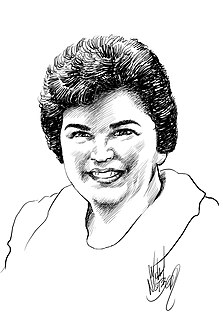
Marie Severin was an American comics artist and colorist best known for her work for Marvel Comics and the 1950s' EC Comics. She is an inductee of the Will Eisner Comics Hall of Fame and the Harvey Awards Hall of Fame.
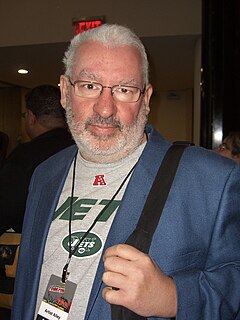
Tom DeFalco is an American comic book writer and editor, well known for his association with Marvel Comics and in particular for his work with Spider-Man.
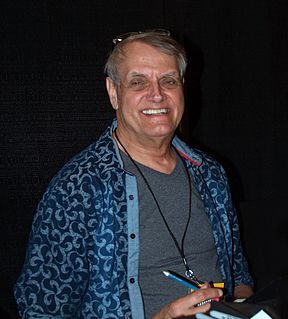
Herbert William Trimpe was an American comics artist and occasional writer, best known as the seminal 1970s artist on The Incredible Hulk and as the first artist to draw for publication the character Wolverine, who later became a breakout star of the X-Men.
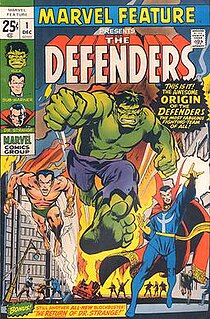
Marvel Feature was a comic book showcase series published by Marvel Comics in the 1970s. It was a tryout book, intended to test the popularity of characters and concepts being considered for their own series. The first volume led to the launch of The Defenders and Marvel Two-in-One, while volume two led to an ongoing Red Sonja series.
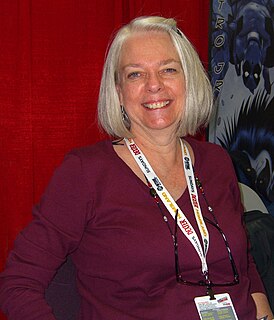
Louise Simonson is an American comic book writer and editor. She is best known for her work on comic book titles such as Power Pack, X-Factor, New Mutants, Superman: The Man of Steel, and Steel. She is often referred to by the nickname "Weezie". Among the comic characters she co-created are Cable, Steel, Power Pack, Rictor, Doomsday and the X-Men villain Apocalypse.

Gary Friedrich was an American comic book writer best known for his Silver Age stories for Marvel Comics' Sgt. Fury and his Howling Commandos, and, in the following era, for the series The Monster of Frankenstein and for co-creating the supernatural motorcyclist the Ghost Rider and the supernatural hero the Son of Satan.

Florence Steinberg was an American publisher of one of the first independent comic books, the underground/alternative comics hybrid Big Apple Comix, in 1975. Additionally, as the secretary for Marvel Comics editor Stan Lee and the fledgling company's receptionist and fan liaison during the 1960s Silver Age of Comic Books, she was a key participant of and witness to Marvel's expansion from a two-person staff to a pop culture conglomerate.

Big Apple Comix is an early independent comic book published by Flo Steinberg in 1975. A historically important link between underground comix and what would later be called alternative comics, this 36-page, 63⁄4" × 93⁄4" hybrid with glossy color covers and black-and-white interiors contains 11 sometimes sexually frank stories by such mainstream creators as Neal Adams, Archie Goodwin, Denny O'Neil, Herb Trimpe, Al Williamson, and Wally Wood. The creators were mainly friends of Steinberg, working for a low page rate. Most of its stories revolve around New York City during a particularly low ebb in the city's finances, crime situation, race relations, and infrastructure.

Night Nurse is a comic-book series published by Marvel Comics in the early 1970s. Linda Carter, one of the series' three central characters, previously was the lead of an earlier Marvel series, Linda Carter, Student Nurse, published in 1961. Carter later adopted the name Night Nurse for herself, and in this incarnation, first appeared in Daredevil #58, as a medical professional specializing in helping injured superheroes.
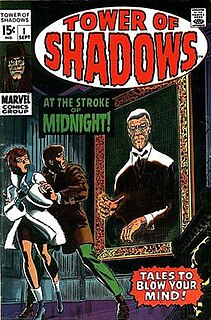
Tower of Shadows is a horror/fantasy anthology comic book published by the American company Marvel Comics under this and a subsequent name from 1969 to 1975. It featured work by writer-artists Neal Adams, Jim Steranko, Johnny Craig, and Wally Wood, writer-editor Stan Lee, and artists John Buscema, Gene Colan, Tom Sutton, Barry Windsor-Smith, and Bernie Wrightson.

Chamber of Darkness is a horror/fantasy anthology comic book published by the American company Marvel Comics. Under this and a subsequent name, it ran from 1969 to 1974. It featured work by creators such as writer-editor Stan Lee, writers Gerry Conway, Archie Goodwin, and Roy Thomas, and artists John Buscema, Johnny Craig, Jack Kirby, Tom Sutton, Barry Windsor-Smith, and Bernie Wrightson. Stories were generally hosted by either of the characters Digger, a gravedigger, or Headstone P. Gravely, in undertaker garb, or by one of the artists or writers.
The portrayal of women inAmerican comic books has often been the subject of controversy since the medium's beginning. Critics have noted the roles of women as both supporting characters and lead characters are substantially more subjected to gender stereotypes, with femininity and or sexual characteristics having a larger presence in their overall character.
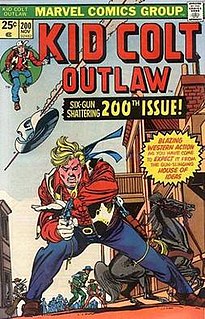
Kid Colt, Outlaw is a comic book title featuring the character Kid Colt originally published by Atlas Comics beginning in 1948 and later Marvel Comics.
A comic book letter column is a section of an American comic book where readers' letters to the publisher appear. Comic book letter columns are also commonly referred to as letter columns, letter pages, letters of comment (LOCs), or simply letters to the editor. Letter columns appeared early on in the history of comic books themselves, and their growing prevalence — particularly beginning in the 1960s — helped create and legitimatize comics fandom. Letter columns remained a regular feature of most comic books until the early years of the 21st century, when they were gradually phased out in favor of the growing prevalence of email and Internet forums.

The Incredible Hulk is an ongoing comic book series featuring the Marvel Comics superhero the Hulk and his alter ego Dr. Bruce Banner. First published in May 1962, the series ran for six issues before it was cancelled in March 1963, and the Hulk character began appearing in Tales to Astonish. With issue #102, Tales to Astonish was renamed to The Incredible Hulk in April 1968, becoming its second volume. The series continued to run until issue #474 in March 1999 when it was replaced with the series Hulk which ran until February 2000 and was retitled to The Incredible Hulk's third volume, running until March 2007 when it became The Incredible Hercules with a new title character. The Incredible Hulk returned in September 2009 beginning at issue #600, which became The Incredible Hulks in November 2010 and focused on the Hulk and the modern incarnation of his expanded family. The series returned to The Incredible Hulk in December 2011 and ran until January 2013, when it was replaced with The Indestructible Hulk as part of Marvel's Marvel NOW! relaunch.

G.I. Joe: A Real American Hero is a comic book that was published by Marvel Comics from 1982 to 1994. Based on Hasbro, Inc.'s G.I. Joe: A Real American Hero line of military-themed toys, the series has been credited for making G.I. Joe into a pop-culture phenomenon. G.I. Joe was also the first comic book to be advertised on television, in what has been called a "historically crucial moment in media convergence".
References
- 1 2 3 4 5 Cassell, Dewey (August 2006). "Talking About Tigra: From the Cat to Were-Woman". Back Issue! . TwoMorrows Publishing (17): 26–33.
- ↑ Cooke, Jon B. "Alias Barry Smith" (Barry Smith interview), Comic Book Artist #2, 1998.
- ↑ Times Herald-Record: "Linda Fite" search results and Linda Fite personnel page
- ↑ Trimpe, Herb, "Old Superheroes Never Die, They Join the Real World", The New York Times education supplement, January 7, 2000, via HulkLibrary.com Archived May 17, 2011, at the Wayback Machine
- ↑ Porch Dogs: "The Illustrators – Herb Trimpe" Archived February 13, 2005, at the Wayback Machine